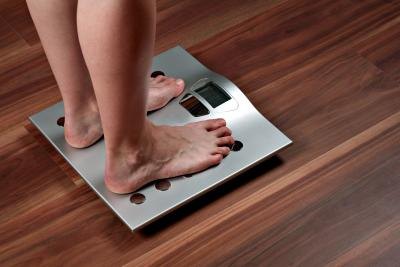
Creatinine is a waste product of muscle metabolism. When muscles work, they break down proteins, including the amino acid creatine, to produce energy. Most creatine is consumed but about 2 percent enters the bloodstream as creatinine. The kidneys remove most creatinine. Levels of creatinine can be affected by age, sex, race, diet, muscle mass, some medications, and chronic disease, such as hyperthyroidism, hypothyroidism, diabetes and kidney disease. The normal range of creatinine in blood serum is 0.75 to 1.3 mg/dL for men and 0.6 to 1.1 mg/dL for women. Normal values may vary slightly depending on the laboratory and the technique used.
Symptoms

A high level of creatinine is not a direct cause of symptoms, and someone with above-normal levels may notice no change. Symptoms associated with high creatinine are most often caused by an underlying illness that affects kidney function. The most frequent cause is kidney disease itself. Symptoms of kidney disease can include fatigue, headaches, loss of appetite, nausea or vomiting, weight loss, itchy skin, swelling in the hands and feet, frequent or painful urination or a change in the color of the urine.
Diabetes and high blood pressure are also associated with kidney failure. Other symptoms may indicate muscle destruction, hypothyroidism, or diabetic ketoacidosis as the cause of elevated creatinine. A high creatinine level does not necessarily mean the person has chronic kidney disease, but indicates the need for other tests.
Diabetes and high blood pressure are also associated with kidney failure. Other symptoms may indicate muscle destruction, hypothyroidism, or diabetic ketoacidosis as the cause of elevated creatinine. A high creatinine level does not necessarily mean the person has chronic kidney disease, but indicates the need for other tests.





No comments:
Post a Comment